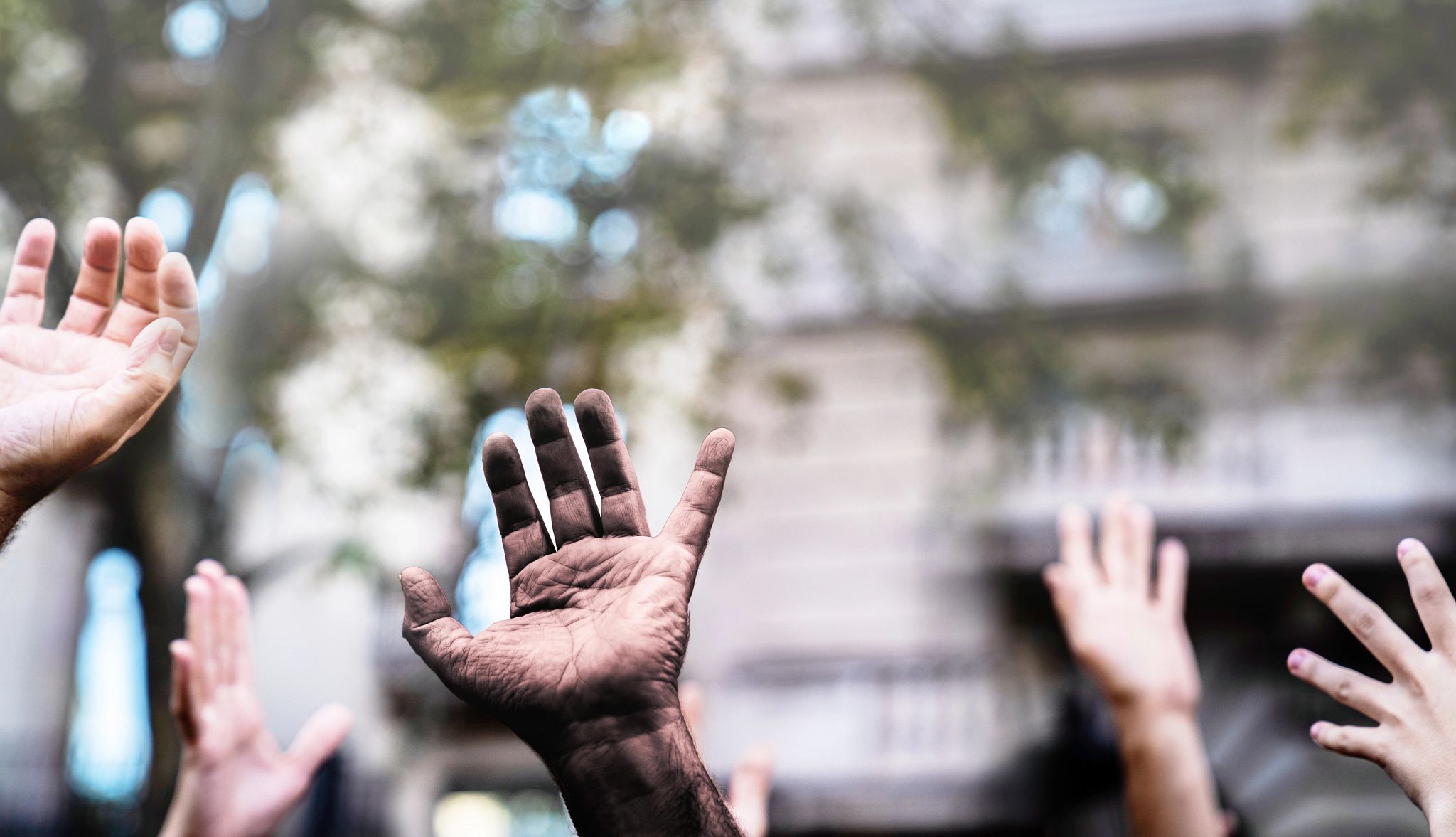AARP Hearing Center
Livable Communities in a Time of Protest
By Rodney Harrell, July 9, 2020 07:22 AM

I will never forget the 61-year-old African American woman I interviewed during my dissertation research years ago; when searching for a home, she only looked in majority-Black neighborhoods because she was concerned her voice would be silenced in a predominately White neighborhood.
"I would like to be a part of the decision-making process, and I would like to have whatever I have to say to be heard just as they would, and that might not sit too well with some Whites, especially those who have not really gotten on board with this race thing," she told me.
As protests over racial injustice have erupted worldwide following the deaths of African Americans Ahmaud Arbery, Breonna Taylor, and George Floyd, I wonder if she is more optimistic about the future, now that many people appear to recognize the racism that has plagued our communities for too long.
As we move from recognition to action, I see a path forward in fully embracing a Livable Communities approach. True Livable Communities take the whole community into account, including all members and all neighborhoods. Inclusive, open conversations, with purposeful outreach to all segments of the community are a start. But policy development and implementation must follow these conversations, with a process that takes differences into account.
Listening to the Protests
The killings of Arbery, in February, Taylor, in March, and Floyd on May 25 resonated beyond the communities in which they lived. These events exist on a long timeline of racial injustice and inequality for African Americans that traces back to a history of slavery, followed by legal racial discrimination, and continuing today with unequal treatment, not just by law enforcement, but in many facets of life.
Floyd’s killing was a trigger - in the days that followed, protests about racial injustice began across the country, and continue to this day. Much of the policy attention coming from the protests has focused on policing. That is an important issue, but there are broader inequalities that are boiling over into widespread societal frustration, and these have been exacerbated by COVID-19 and its economic fallout, which has disproportionately impacted African American communities.
Disparities in access to housing, education, health care, healthy food and other community elements and services, not to mention employment opportunities, provide a backdrop of the circumstances that are faced by many African Americans and others on an ongoing basis. The AARP Livability Index was designed with a neighborhood-based approach for this very reason – looking at the neighborhood level allows us to see disparities within a community.
Protestors are being heard. Recently, the movement gathered behind the phrase “Black Lives Matter” has sparked a wider effort to focus on racial injustice towards African Americans to ensure equal treatment and opportunity. By the end of June, many corporations had embraced the spirit of Black Lives Matter, and organizations as diverse as the Marine Corps, NASCAR and the state of Mississippi had taken actions to remove divisive symbols of the Confederacy, which many find to be offensive due to those symbols’ connection to the Jim Crow era, slavery and subjugation of African Americans.
The importance of community symbols on livability must be considered. Let’s take a neighborhood beautification example: If a community improves sidewalks and beautifies a park but residents must cross a street named after a Confederate general or face a statue of that general in the park, the improvement effort may be meaningless. It will remain an isolating and divisive place to some citizens in the community, especially older African Americans who may feel excluded or not empowered to raise their concerns, much as my interview subject feared.
Black Lives Matter in Livable Communities
Community leaders need to view concepts such as Livable Communities through lenses such as Black Lives Matter. We cannot look at counties, cities or towns as a unified whole where one action always serves all. We must also focus on smaller cohorts within a community if we are to address issues in an equitable manner. For instance, if the majority-African American neighborhood within a community does not have access to healthy foods, and is identified as a “food desert” with no nearby grocery stores, then it is not sufficient to say the community as a whole has several grocery stores.
We must acknowledge that these disparities and differences are the result of multiple historical and current factors, but a clear factor is racial discrimination. In the housing space alone, the Fair Housing Act was passed in 1968 in order to end housing discrimination. Yet, we know housing discrimination still exists. A recent exposé unveiled real estate agents in Long Island, NY steering African Americans away from certain neighborhoods. Another report revealed that people of color were more likely than whites to be denied a conventional home loan in 61 metro areas. Strategies that start with the assumption that everyone is treated equally are flawed.
All community members should be part of a participatory process to ensure all are heard, and policies should be developed and implemented taking into account the needs of the entire community. AARP’s What is Livable study illustrated just how important it is to have the voices all community members’ represented. We found that African American and Latino families ranked “implement or increase funding for affordable housing programs” much higher than did White respondents. We also found other policy differences based on disability, driver status, and income. Different issues resonated more with certain groups. The questions we must continuously ask are: How are all identifiable groups served, do they have a voice in the community, and do the policies that we implement reflect the needs of all?
































































